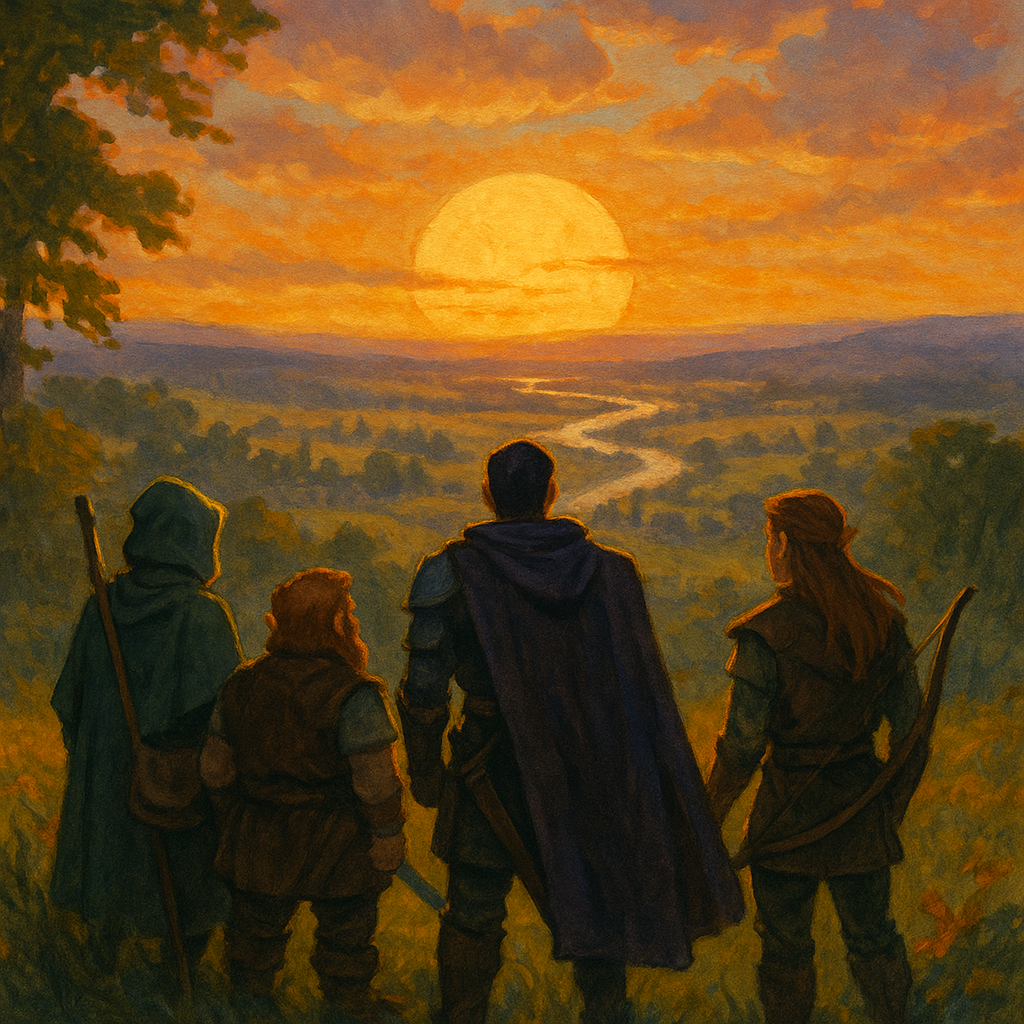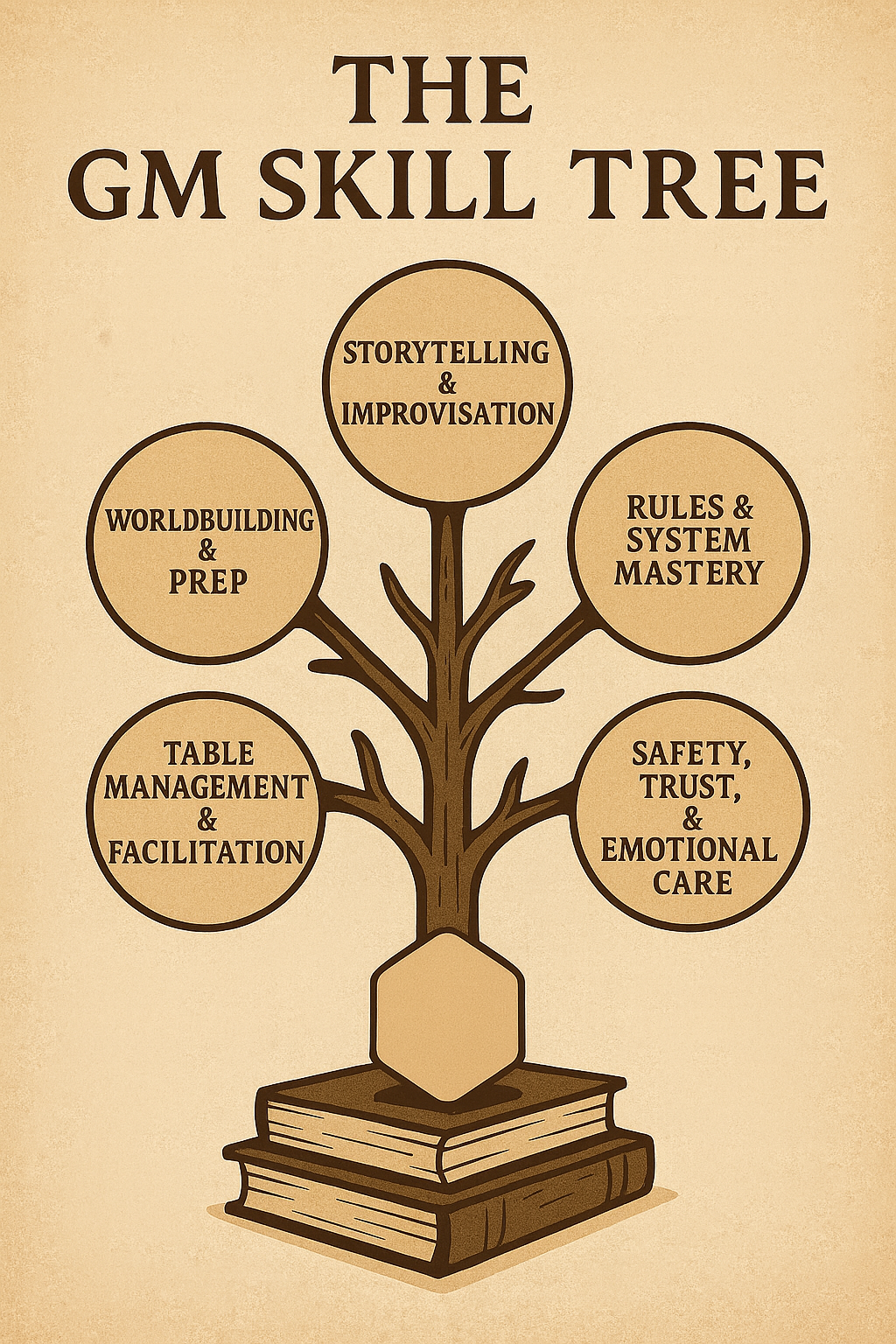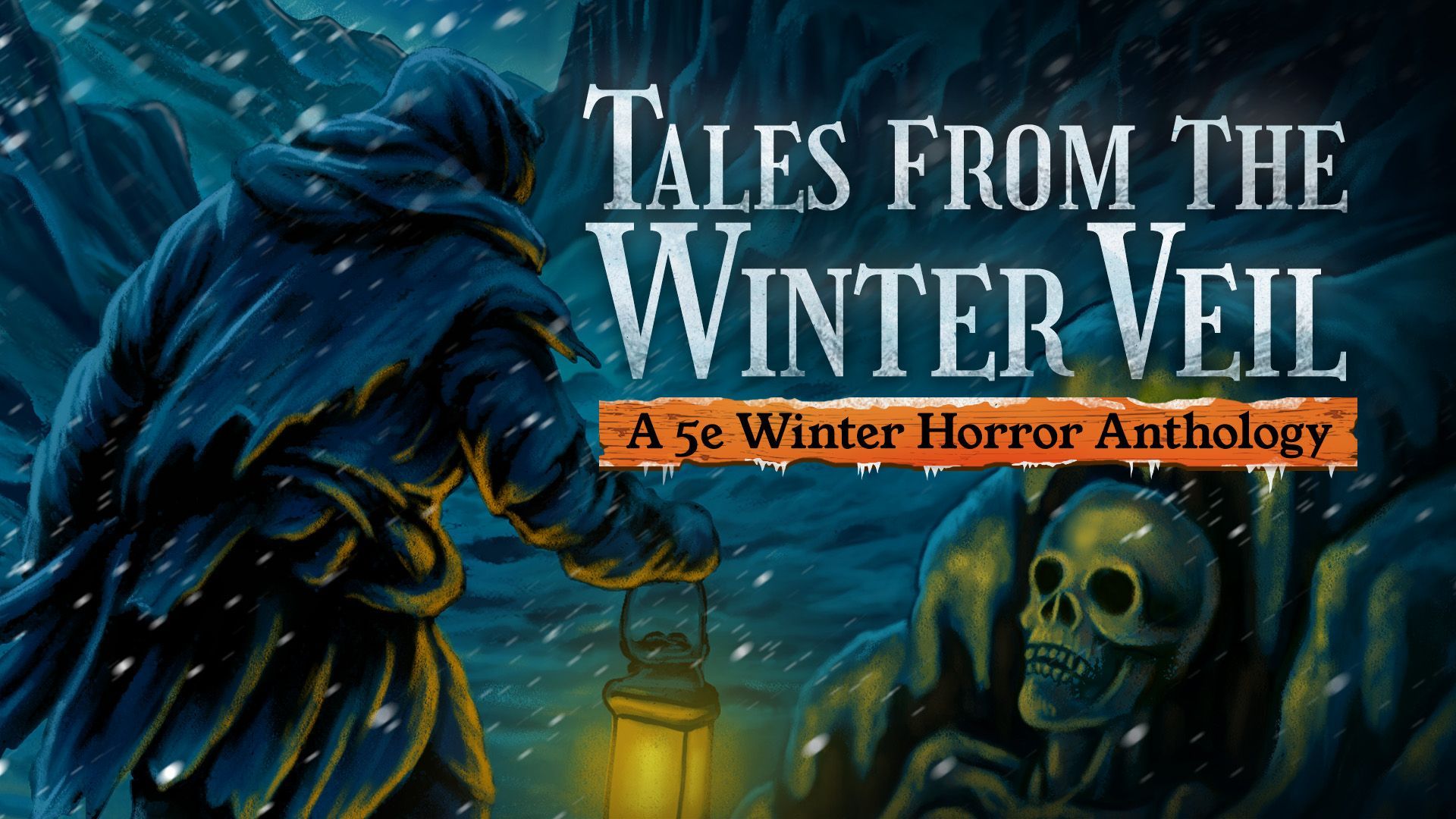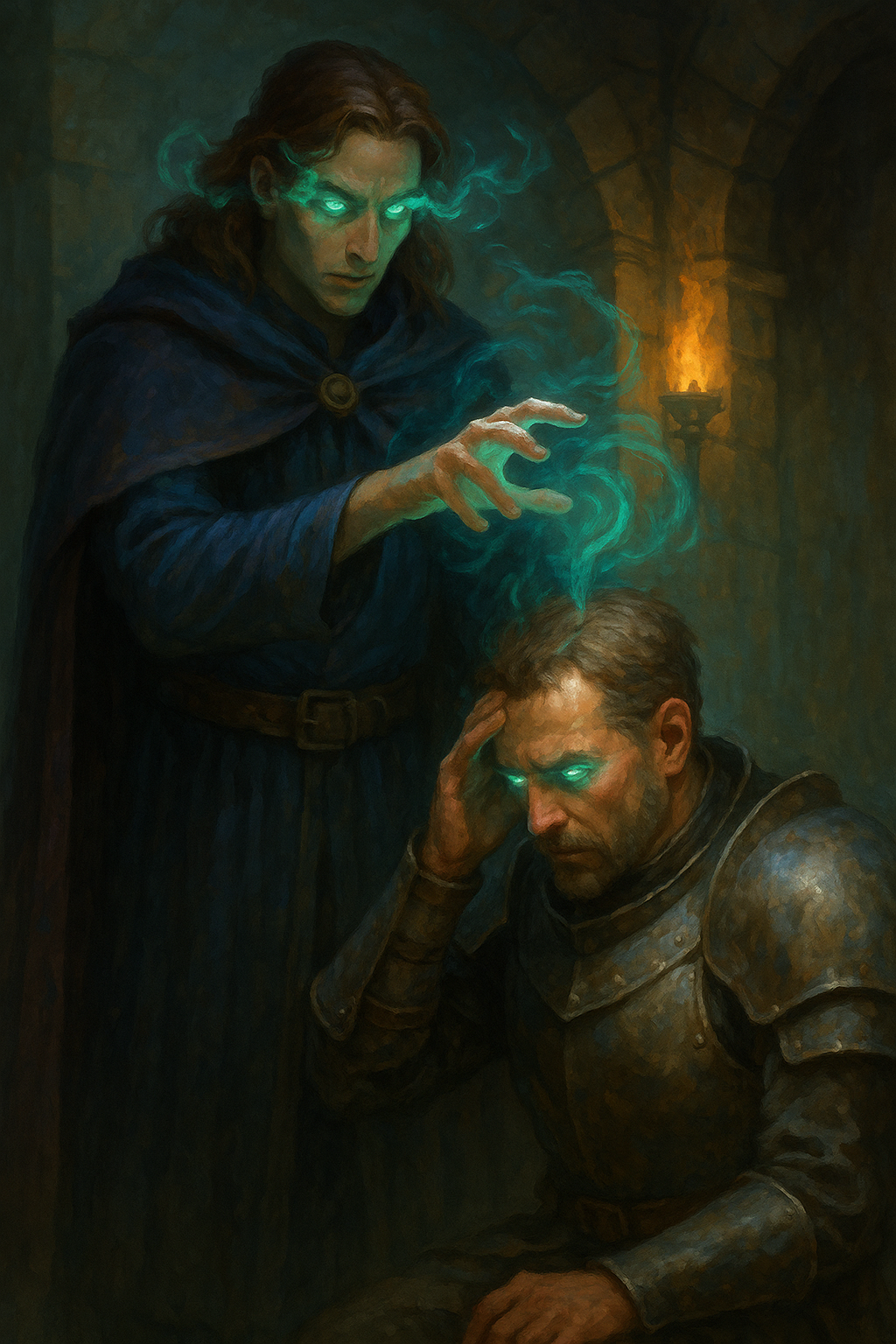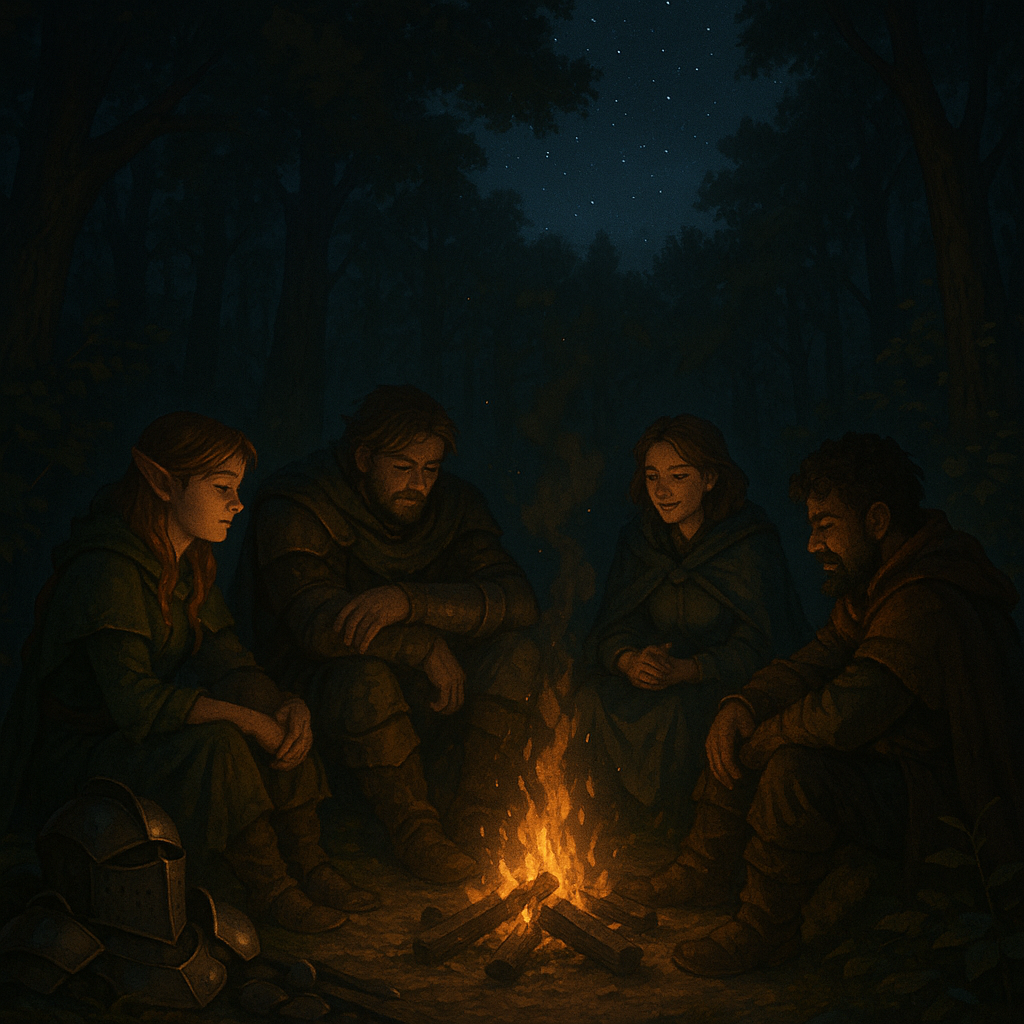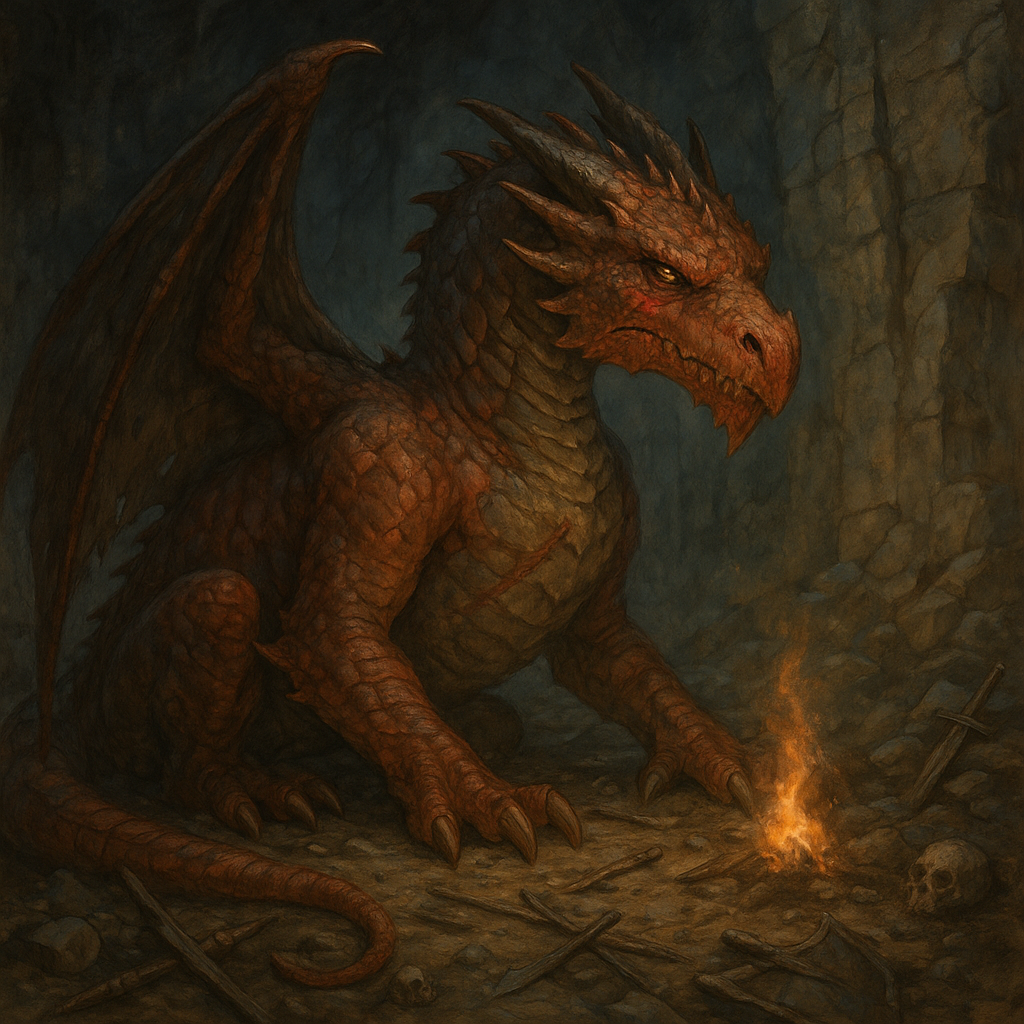The Evolution of D&D Editions: A Journey Through the Ages
Dear Readers, Dungeons & Dragons (D&D), the iconic tabletop role-playing game, has undergone a fascinating evolution since its inception in the early 1970s. As each edition emerged, the game evolved in mechanics, rules, and storytelling approaches, shaping the experiences of countless players and Dungeon Masters. In this extensive exploration, we’ll embark on a journey through the ages, tracing the development of D&D from its humble beginnings to the diverse and vibrant landscape it occupies today.
Origins of Dungeons & Dragons
1. Chainmail and the Birth of D&D
In the early 1970s, Gary Gygax and Dave Arneson were immersed in miniature wargaming, particularly Chainmail. Inspired by their love for medieval history and fantasy literature, they began incorporating individual heroes and fantastical elements into their wargames. This led to the creation of “Dungeons & Dragons” in 1974, the first-ever edition that laid the foundation for a new era of gaming.
2. Dungeons & Dragons (Original Edition)
The original edition of D&D, often referred to as “OD&D,” featured three core rulebooks: Men & Magic, Monsters & Treasure, and The Underworld & Wilderness Adventures. Character creation was simple, and the game heavily relied on imagination and the Dungeon Master’s improvisation. The mechanics were fluid, and players had the freedom to interpret rules as they saw fit.
The Rise of Advanced Dungeons & Dragons
3. Advanced Dungeons & Dragons (1st Edition)
As D&D gained popularity, Gary Gygax spearheaded the release of Advanced Dungeons & Dragons (AD&D) in 1977. The game underwent significant restructuring and clarification, resulting in a more comprehensive rule system. The Player’s Handbook, Dungeon Master’s Guide, and Monster Manual became the core rulebooks, introducing iconic concepts such as the alignment system and character classes.
4. Dungeons & Dragons (Basic Set)
Simultaneously, a “Basic Set” was released in 1977 by Tom Moldvay, creating an accessible entry point for new players. The Basic Set simplified rules and character creation, serving as an introduction to the complex world of D&D. This marked the beginning of multiple parallel lines in the evolution of D&D editions, catering to different preferences and playstyles.
The Renaissance: Multiple Editions and Expansions
5. Advanced Dungeons & Dragons (2nd Edition)
In 1989, the 2nd Edition of AD&D emerged, edited by David “Zeb” Cook. It aimed to refine and streamline the game while addressing balance issues. The Player’s Handbook, Dungeon Master’s Guide, and Monstrous Compendium were central to this edition. Notable changes included the removal of certain controversial elements and the introduction of new character options.
6. Dungeons & Dragons (3rd Edition)
The year 2000 brought a major overhaul with the release of D&D 3rd Edition. Developed by Wizards of the Coast, this edition featured a modular and customizable ruleset. The introduction of the d20 System, open gaming license, and the System Reference Document (SRD) allowed third-party publishers to contribute to the evolving D&D landscape. Core rulebooks included the Player’s Handbook, Dungeon Master’s Guide, and Monster Manual.
7. Dungeons & Dragons 3.5 Edition
In 2003, D&D 3.5 Edition refined and clarified rules from the 3rd Edition. Balancing issues were addressed, and new options were introduced to enhance player choice. The revision maintained compatibility with existing content, allowing players to seamlessly transition to the updated system.
The Fourth Edition Experiment
8. Dungeons & Dragons (4th Edition)
In 2008, Wizards of the Coast unveiled D&D 4th Edition, a departure from previous editions in terms of mechanics and design philosophy. Combat was highly tactical, employing a grid-based system, and character classes were standardized to ensure balance. The edition aimed to appeal to a broader audience and embrace online tools for gameplay.
Return to Roots: The Fifth Edition Resurgence
9. Dungeons & Dragons (5th Edition)
Launched in 2014, D&D 5th Edition marked a return to the roots of the game while incorporating lessons from previous editions. Designed by Mike Mearls and Jeremy Crawford, 5th Edition focused on accessibility, flexibility, and storytelling. The streamlined rules system and the advantage/disadvantage mechanic simplified gameplay without sacrificing depth.
10. D&D 5th Edition Expansions and Modules
The success of 5th Edition spawned a variety of expansions, sourcebooks, and adventure modules. Wizards of the Coast embraced a narrative-driven approach, emphasizing collaborative storytelling and player agency. Notable releases include Xanathar’s Guide to Everything, Tomb of Annihilation, and Curse of Strahd.
The Ongoing Legacy
11. Digital Evolution: D&D Beyond and Virtual Tabletops
With the rise of technology, D&D embraced digital tools. D&D Beyond, launched in 2017, provided an online platform for character creation, rules references, and digital sourcebooks. Virtual tabletops like Roll20 and Fantasy Grounds allowed players to engage in remote play, expanding the accessibility of D&D. This became especially important during the 2020 COVID-19 lockdown as players were no longer able to meet in person as they had been. This isn’t to say that online play/remote play hadn’t been available beforehand, just that it became more prevalent since.
12. Community and Streaming Culture
The advent of online streaming platforms, such as Twitch and YouTube, fueled the growth of D&D’s popularity. Critical Role, a live-play D&D show led by Matthew Mercer, became a cultural phenomenon, showcasing the game’s narrative potential and fostering a global community of players.
Lessons from the Evolution
13. Embracing Diversity in Character Options
Throughout its evolution, D&D has continually expanded character options, introducing diverse races, classes, and subclasses. This inclusivity reflects the evolving values of the gaming community and encourages players to explore a wide range of character concepts.
14. Streamlining Rules for Accessibility
Recent editions, particularly 5th Edition, prioritize accessibility and ease of entry. Streamlining rules while maintaining depth ensures that both new and experienced players can engage with the game without feeling overwhelmed.
15. Balancing Tradition and Innovation
D&D’s success lies in striking a balance between preserving the beloved aspects of the game’s heritage and embracing innovation. Each edition introduces new elements while respecting the core principles that make D&D a timeless and enduring experience.
The Future of Dungeons & Dragons
16. Dungeons & Dragons Beyond 5th Edition
The future of D&D has been expressed by Wizards is that there will no longer be further “editions” and will now be called “One D&D.” It will apparently be fully backwards compatible with D&D 5e, and will apparently feature clarified rules, more balanced classes, and other improvements over the previous editions.
17. Community Influence and Feedback
Wizards of the Coast actively engages with the D&D community, seeking feedback and incorporating player input into their design process. The collaborative relationship between the developers and the player base reflects the inclusive and community-driven nature of the current era of D&D.
Conclusion: A Tapestry of Stories
Dungeons & Dragons has evolved from a niche hobby to a global cultural phenomenon, leaving an indelible mark on the world of gaming and storytelling. Each edition represents a chapter in the rich tapestry of D&D history, contributing to the game’s enduring legacy. As we traverse the realms of past, present, and future editions, one thing remains constant—the shared joy of storytelling, adventure, and camaraderie that unites Dungeons & Dragons enthusiasts across the ages.
As we eagerly anticipate the next chapters in the ever-evolving story of D&D, let us celebrate the diversity of editions that have shaped the game, appreciating the unique experiences they have offered to players and Dungeon Masters alike. Whether you’re a veteran of the earliest editions or a newcomer drawn to the magic of 5th Edition, the journey through the ages showcases the resilience, adaptability, and enduring allure of Dungeons & Dragons. May your dice roll true, and may your adventures be legendary, regardless of the edition that guides your quest.
Until next time, Dear Readers…















